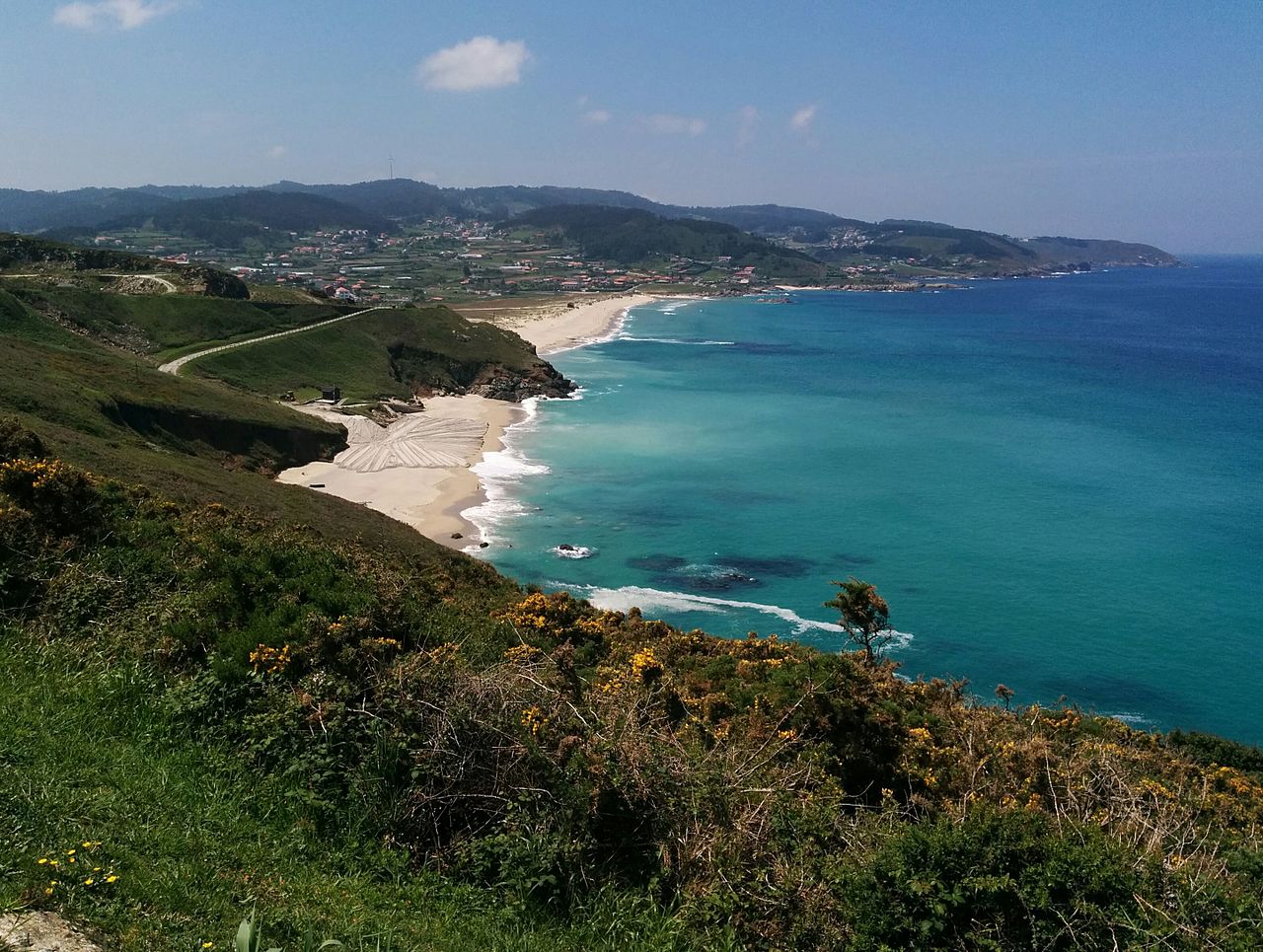
The legends of Galicia respond to the idiosyncrasy of a territory with hundreds of years of history. Its dark and rainy climate, its rugged coasts and its deep wooded valleys also lend themselves wonderfully to the appearance of mythical and gloomy tales.
Therefore, it is not by chance that Galicia is a place full of legendary stories. Some have their roots in the mists of time and, curiously, are related to similar stories born in central and northern Europe. Others, on the other hand, are genuinely indigenous and respond to the purest ancestral mythology. If you like the mythical world, we invite you to continue reading, because we are going to tell you some of the most peculiar and famous legends of Galicia.
Legends of Galicia: An extraordinary oral heritage
The many legends of Galicia that have survived to this day have stood the test of time thanks to the extraordinary oral tradition of that land. Because many come from popular culture transmitted from generation to generation through the stories told on cold nights at the foot of the fire. But, without further ado, we are going to tell you about some of these legends.
The Holy Company
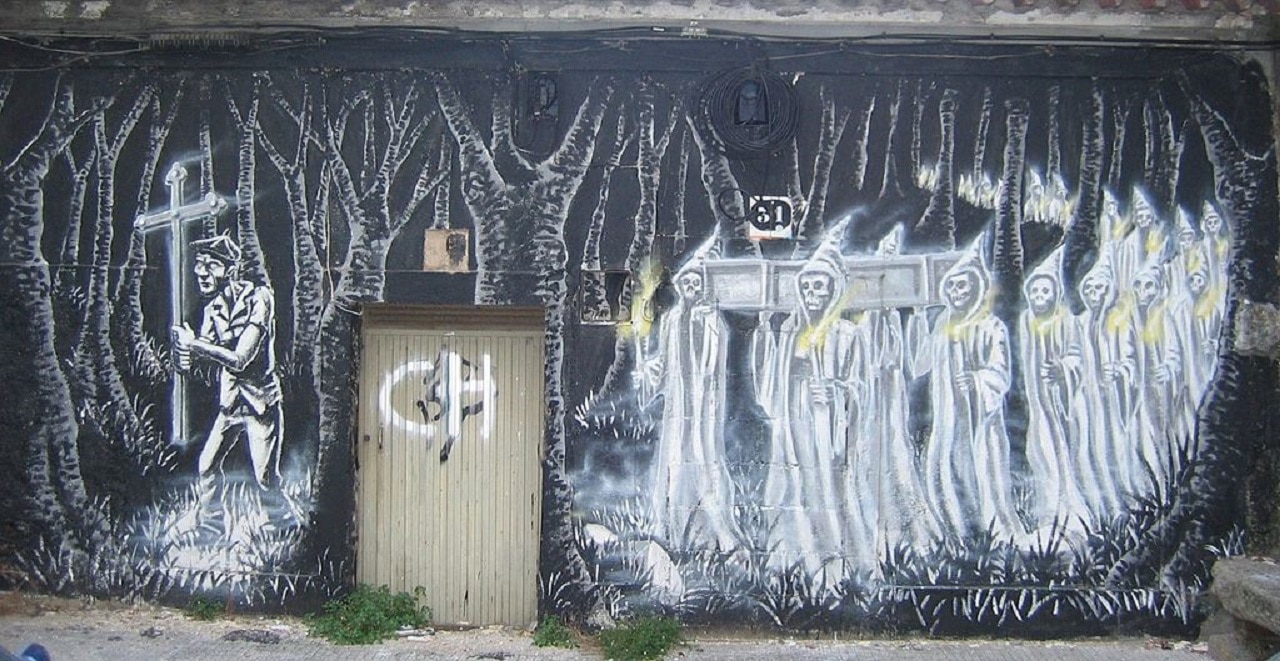
The Holy Company
Maybe this is, at the same time, the most popular legend of Galicia and the most repeated throughout the five continents. Broadly speaking, it says that a procession of the dead runs through Galician lands at night to warn of a future death. In front of such a terrifying procession goes a larger spectrum called Stade and whoever sees it must follow it with a candlestick and a cauldron.
As we told you before, this legend has its correlates in other parts of Europe. For example, it has been linked to Wild Hunt o Mesnie hellequin of Germanic lands. But we don't have to go that far. Similar tales are found in other peninsular mythologies. As an example, we can mention the Guestia in Asturias, the Fright in Castile and the Corteju in Extremadura and other stories in different places.
On the other hand, like any good horror legend worth its salt, this one also has its ways of counteracting the effects of seeing the Santa Compaña. Between them, form a cross in some way, draw a circle on the ground and get inside while passing or get on the step of a cruise ship.
The Costa da Morte, a well of legends

The Costa da Morte
As you know, in the northwestern part of Galicia is the Death Coast o Costa de la Muerte, a territory whose own name already lends itself to the existence of legends. The first of them dates back to Roman times, since they considered that it marked the finish terrae, that is, the end of the earth.
There the ocean began and, according to Roman belief, those who entered it were swallowed up, either by the waters themselves, or by monstrous creatures. Before them, the Celts practiced sun worship in those lands.
But the reality is that the wildness of those coasts and the force of the raging Atlantic have caused numerous shipwrecks. And these are another perfect breeding ground for legends. Among them, those of mythical cities of Antiquity that were buried by the waters, those of miraculous stones or those of saints that heal the meigallo (the evil eye).
The tower of Hercules
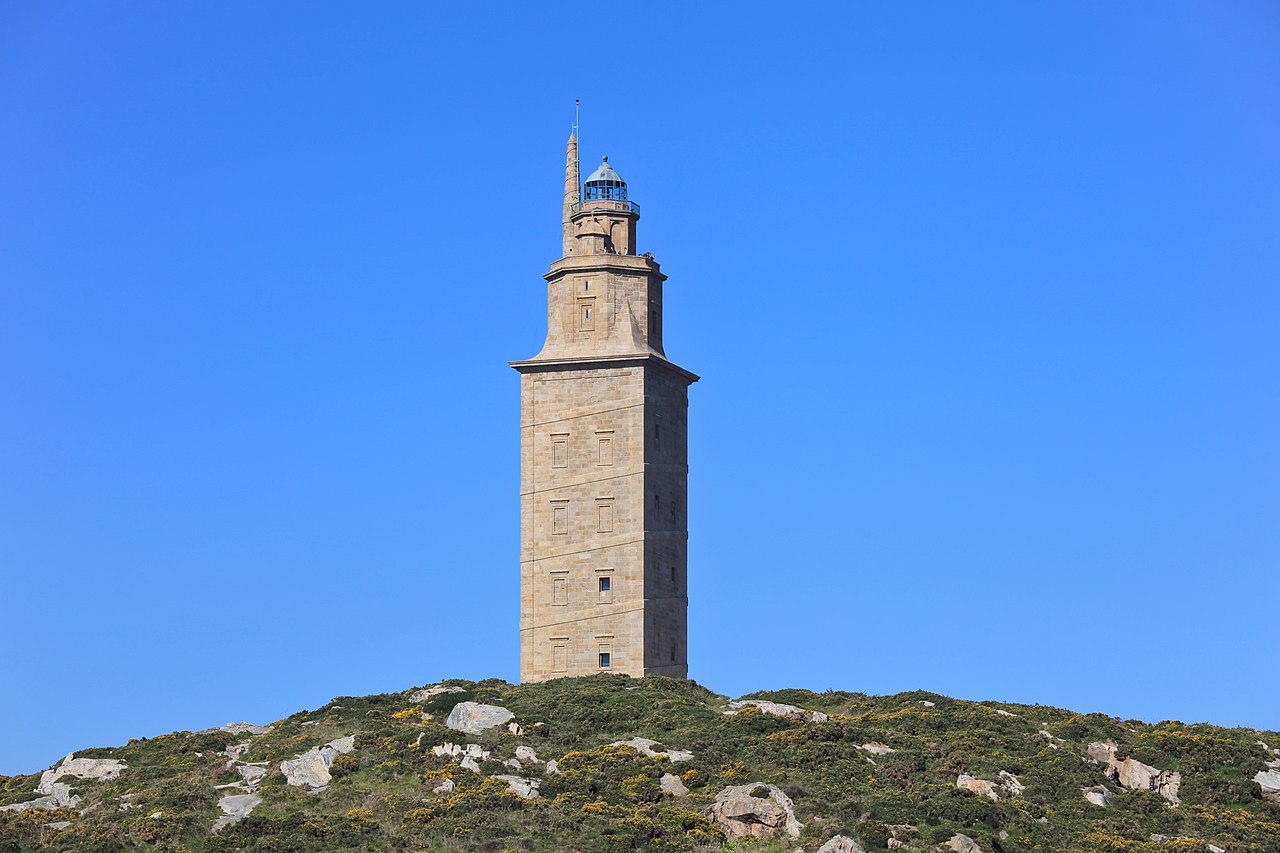
The tower of Hercules
It is the only lighthouse from Roman times that remains standing. Therefore, it has two thousand years of history. As you will understand, it is logical that numerous legends and mythological stories have developed around the tower.
The most popular is that the inhabitants of Brigantium or Breogan they lived in terror of the giant Geryon, who demanded all kinds of tributes from them, including their children. Faced with the impossibility of defeating him, they asked for help from Hercules, who challenged him to a duel and defeated him after a bloody clash.
Then the hero buried Geryon and, over his grave, raised a tower that he crowned with a torch. Very close, in addition, he created a city and, as the first woman who came to it was called cruna, Hercules named the new village after La Coruna.
Another legend about the tower of Hercules says that in the place where the Breogán tower. This would have been a legendary Galician king who appears in the irish mythology, specifically in the Lebor Gábala Érenn o Irish Conquest Book.
According to legend, Breogán would have raised this tower and, from its top, his children could see a green land. Desiring to meet her, they boarded and arrived at Ireland. In fact, at the foot of the Tower of Hercules you can see today a statue consecrated to the legendary king, one of the great figures of Galician mythology.
The crown of fire, a cruel medieval legend
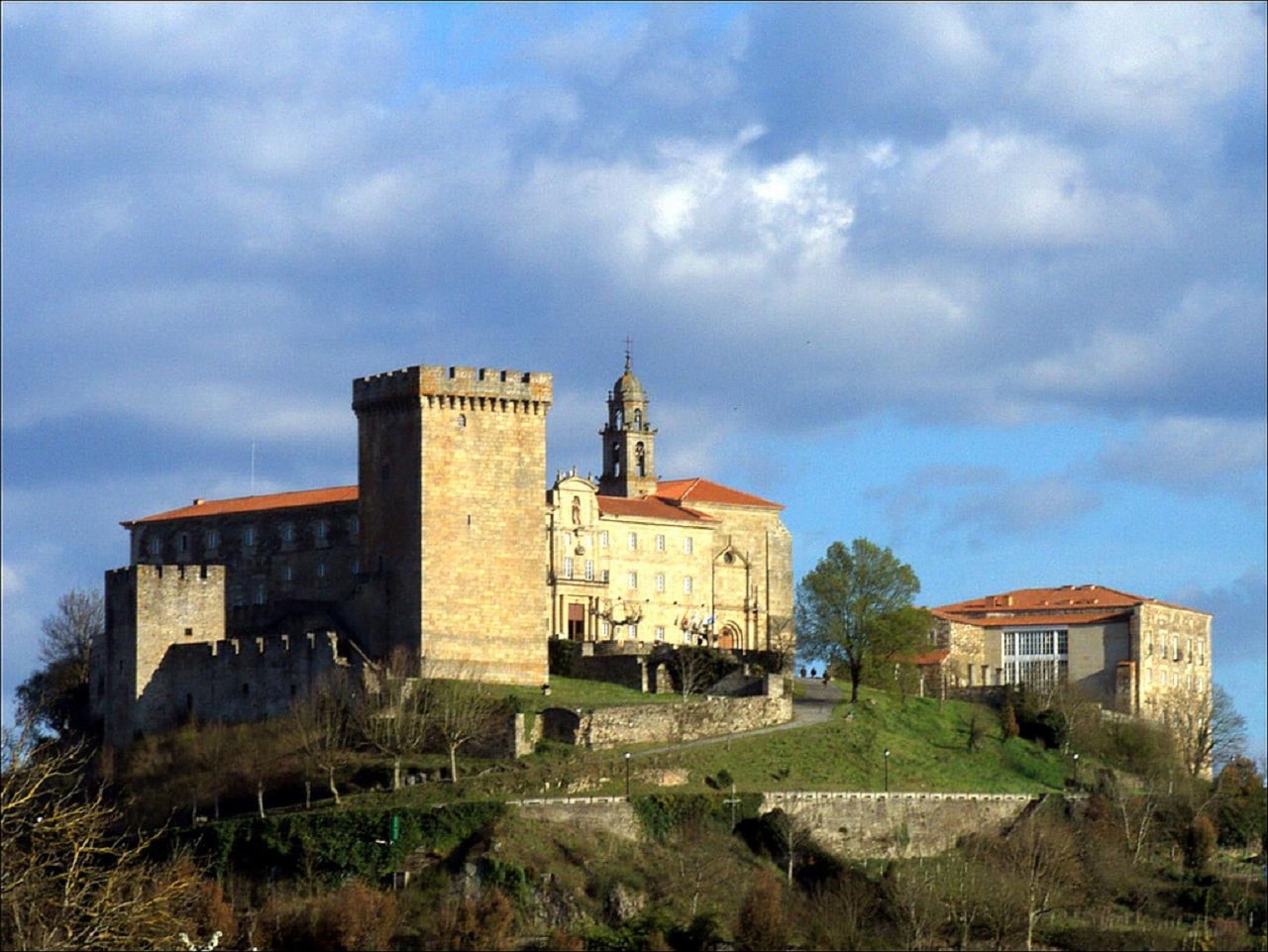
Castle of Monforte de Lemos
Monforte de Lemos it is one of the most monumental towns in Galicia. One of its legends precisely says that between the castle of the town and the Benedictine monastery of San Vicente del Pino there was a secret underground passage.
One of the times that Count of Lemos He was absent from the castle to fulfill some commission from the king, the abbot of the monastery took advantage of the passage to visit the aristocrat's daughter, with whom he had started an affair.
Upon his return, the man from Lemos found out and invited the priest to eat. But at dessert time, instead of dessert, he served him a red-hot iron crown, put it on his head, and died. Still today, next to the baptismal font of the monastery church, you can see the tomb of the unfortunate abbot, whose name was Diego Garcia.
The church of Santa María de Castrelos and the legend of the blacksmith
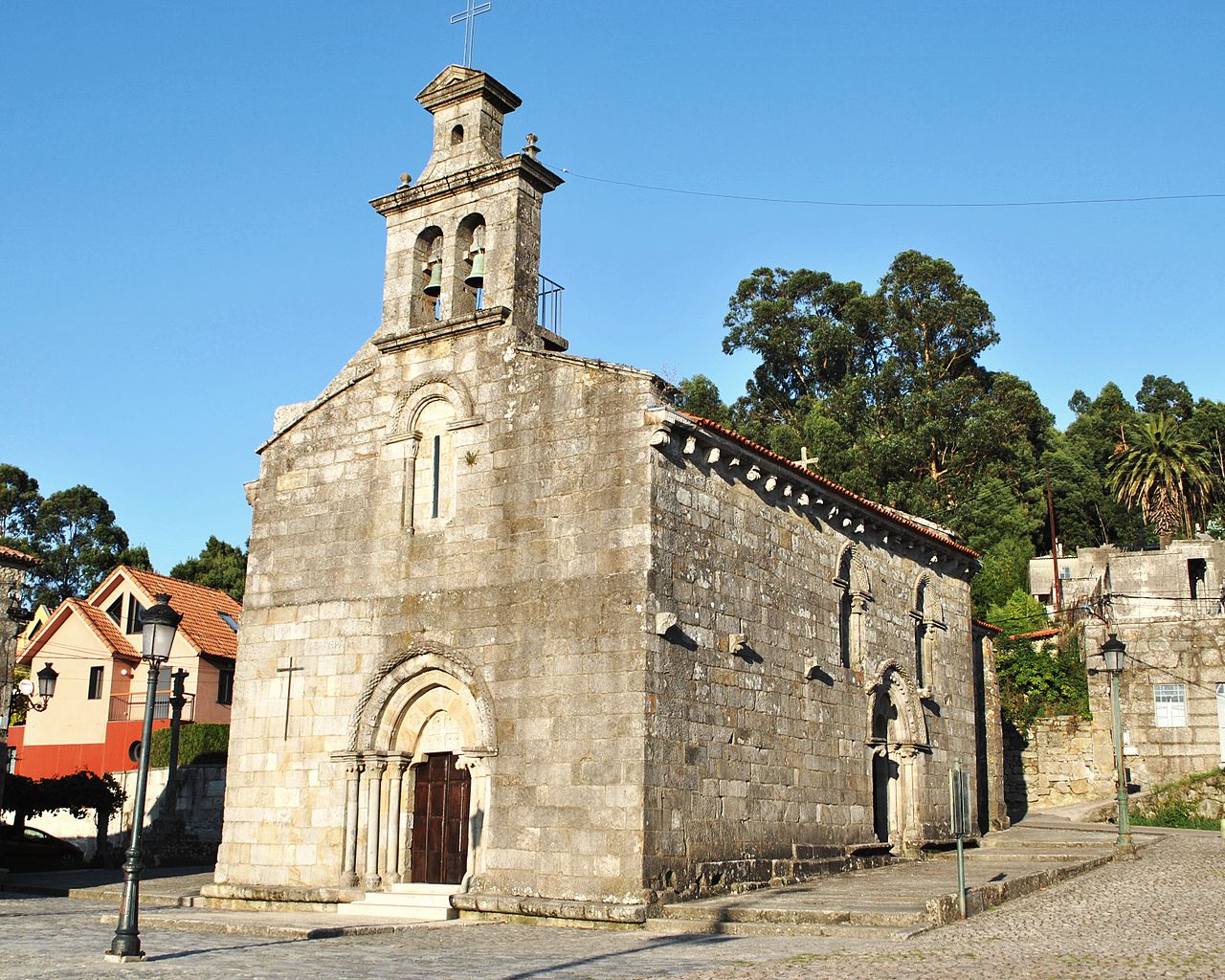
Church of Santa María de Castrelos
Legend has it that in the Vigo town of Castles she lived a blacksmith that I was madly in love with a young woman. He was already an advanced age and it was the first time that had happened to him. He decided then to give her a great jewel, but the girl rejected it.
With his judgment lost, he chose to kidnap her and lock her up in his smithy. However, the young woman asked him to let her go to mass every day. Since the church was in front of his workshop, the man accepted.
However, a meiga he visited the blacksmith to announce that he would soon die and that his beloved would marry another man much younger than himself. Blinded by anger, he picked up a hot iron and went to church to disfigure the girl's face. However, God he had other plans. Quickly, he blocked the entrance door to the temple to protect it. You can still see the south facade of the church today with its bricked up door.
San Andres de Teixido
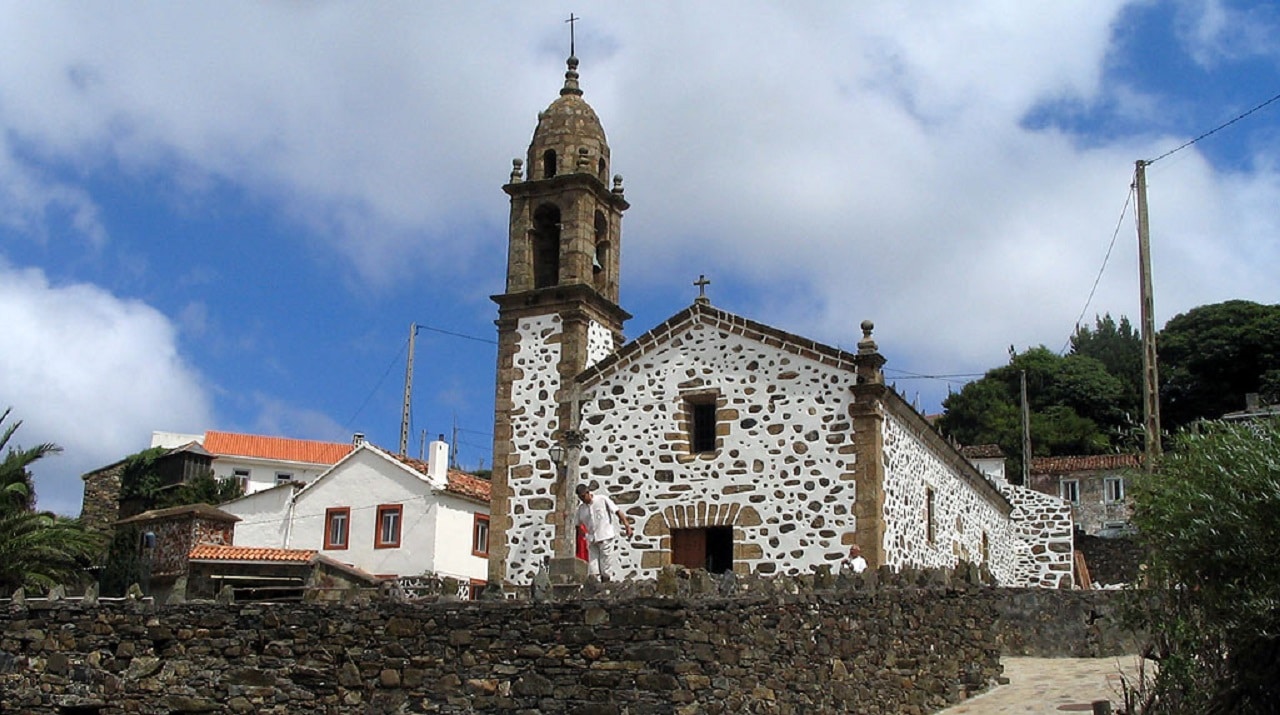
Church of San Andrés de Teixido
This small parish in the Coruña town of cedeira It has a hermitage that is the object of pilgrimage. Among the natives of the area the saying is popular «To San Andrés de Teixido it goes de morto or that non foi de vivo» and responds to a curious legend.
It says that San Andres I was envious of Santiago, which was already an object of pilgrimage. He made his complaint to God, who was moved by her sadness. So he promised him that all mortals would go in procession to his sanctuary and that whoever was not alive would do so after he died, also reincarnated into an animal.
A variant of this legend says that San Andrés was shipwrecked with his boat on these coasts and that the ship was converted into the stones that today make up a small islet on the spectacular coast of Cedeira. So shocking was the shipwreck that God promised the saint that he would be visited in the hermitage by all mortals.
The cave of King Cintolo
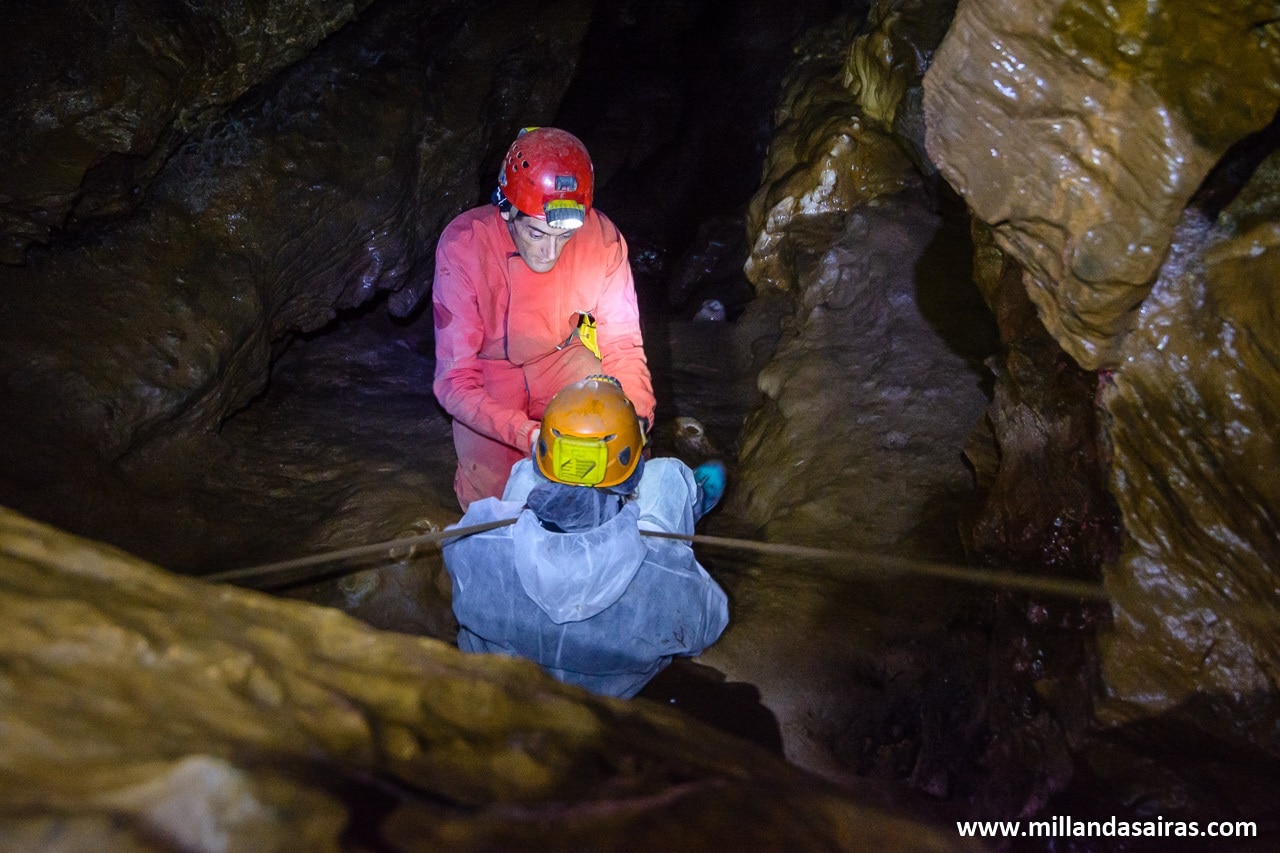
The cave of King Cintolo
We will end our journey through the legends of Galicia with this one that includes kind kings, young princesses, wicked sorcerers who perform terrible incantations and boys in love.
The King Cintolo Cave is the largest in Galicia, with more than 6 meters in length. It is in full Maria Lucense, specifically in the parish of Argomous. Well, according to legend, in ancient times, the area was the prosperous kingdom of Bría whose monarch was Belt.
At the time, he had a beautiful daughter named Hila who was deeply in love with the young man Uxío, who corresponded to him. Although he was not noble, the wedding between the two was already agreed when the powerful sorcerer Manilan He threatened the king with creating a spell that would end his kingdom if he did not hand over Xila as his wife.
But Uxío was not willing to allow it and killed the sorcerer. However, he had already prepared his spell and, when the brave lover returned to Bría, she had already disappeared. In the place where he had been, he only found the mouth of a cave. Desperate, he entered it to look for his beloved and did not come out again.
In conclusion, we have told you some of the legends of Galicia More popular. But there are many others that we will leave, perhaps, for another article. Among them, that of the foundation of Pontevedra, With the mount paralaia, With the miracle of Bouzas or that of Mount Pindo. Everything that surrounds Galicia is magical and exciting, so if you can, do not miss the opportunity to escape to some of the places we have mentioned and enjoy the beauty of the rural tourism in the area.